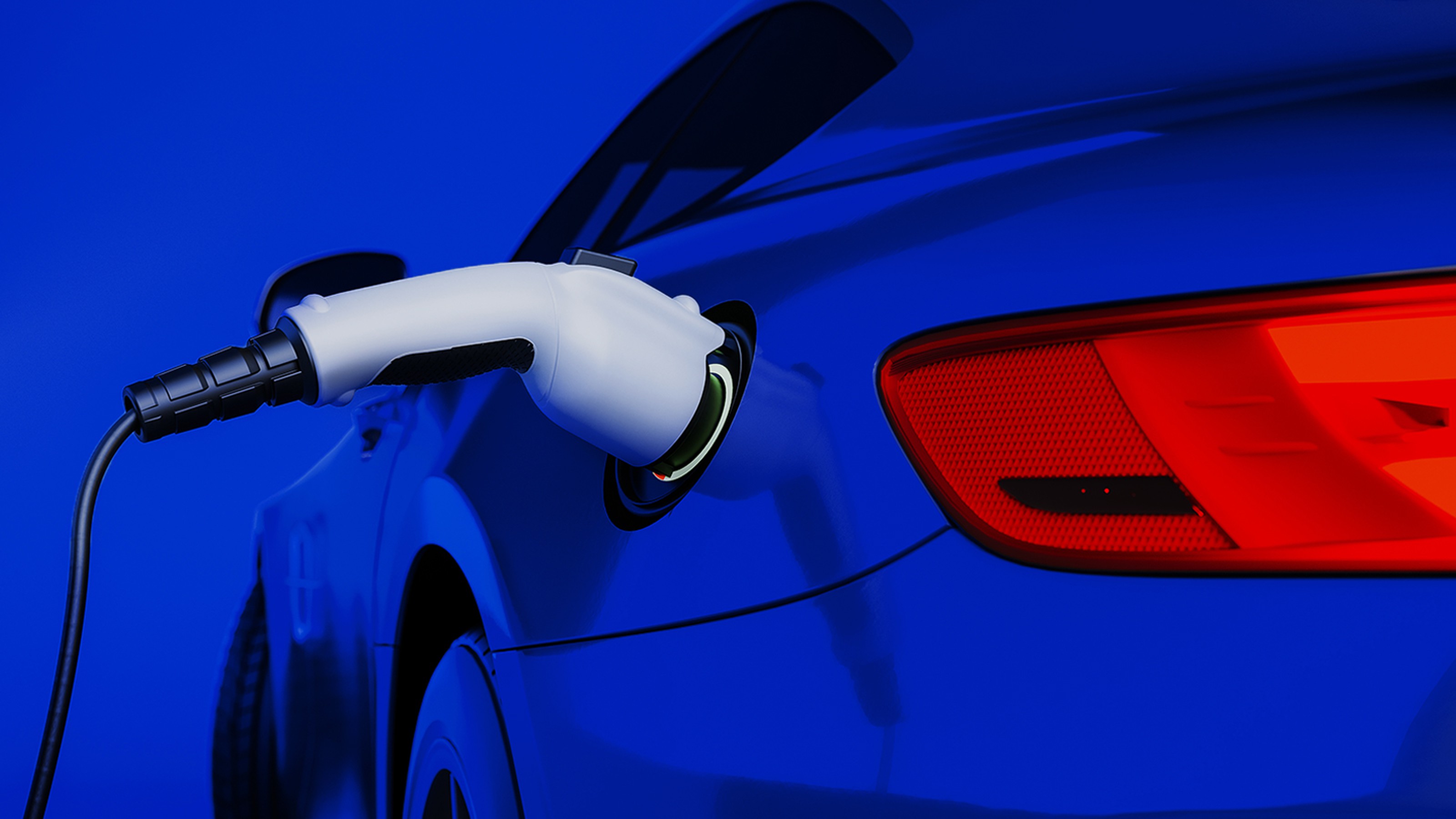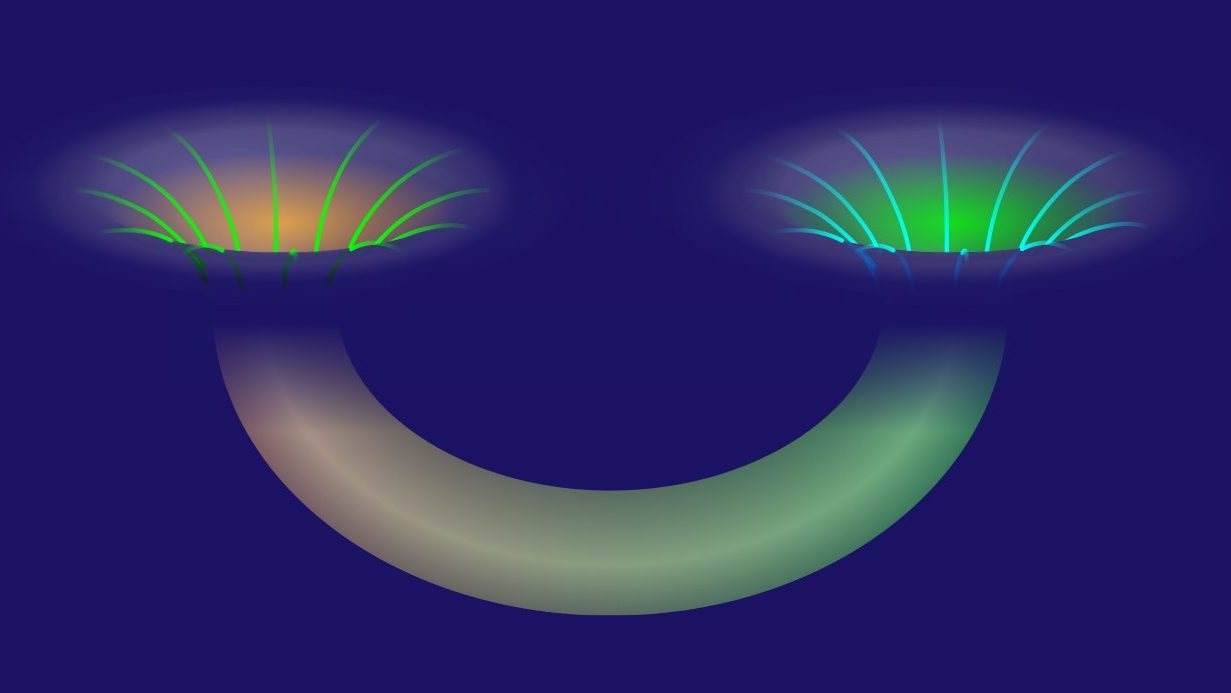Bill Mitchell envisions cars that you’ll never have to worry about filling up or plugging in.
Question: What are the implications for the electric grid when it comes to implementing these large-scale systems?
Bill Mitchell: One of the problems in transforming any kind of large-scale system is what I like to think of, let’s call horseless carriage thinking. Even the term sort of suggests to you what I’m talking about here. So, when the horseless carriage replaced the horse and carriage, essentially it was a kind of substitution, you take out the horse and put in an internal combustion engine. And then the way people tended to think about electric automobiles as you take out the internal combustion engine and you stick in a hybrid power train, or you stick in a battery electric system. And I think you have to step back and say, no, the real potential is to fundamentally rethink the way things work. So part of the fundamental rethinking that I think is necessary with electric vehicles is to get away from the old idea that you fill a vehicle up with fairly large amount of energy and drive it around for quite a long time and then fill it up again, which is the gas station model. Right? And so people have taken that over into thinking about batteries, right? To charge up the batteries and then you drive around for a long time and then you charge them up again.
Our view is quite different. I am going to glide over some fairly complex technical issues here, but the basic idea here is to recharge every time you park. So I think of parking spaces as being like the holder of your electric toothbrush. You know, you drop your electric toothbrush back in the holder and it automatically recharges. And you never think about recharging the toothbrush and it’s never without charge because whenever you are not using it, it’s just picking up charge. So, imagine a kind of system where you have lightweight electric vehicles relatively small battery capacity, and then picking up charge wherever they park. So, that is an interesting user model you can begin to understand from a user’s point of view how that can work. You never have to worry about filling up your car, never go to the gas station, never plug it in, never do any of these things.
From the point of view of sustainability and the electric grid it has a whole other set of advantages because if you do this, you throw a lot of battery storage capacity into the electric grid. Part of the problem with electric grids is they don’t have a lot of storage capacity; usually they don’t have any storage capacity, which means you have a problem with peak loading. And once again, it’s a balancing problem. You have to size the grid to deal with that hot summer day when everybody has turned their air conditioning on. But the rest of the time you have over capacity if you size it for that. This is oversimplifying a complex issue. But you get the idea.
And then there is also a problem with the intermittency. Clean power sources like solar and wind particularly don’t necessarily supply electricity when you need it. The wind doesn’t necessarily blow when you want the electricity, the sun doesn’t necessarily shine. But if you have storage capacity in the grid and then you set it up so that automobiles can buy and sell electricity from their battery’s storage, they become little energy traders essentially. This gives you a mechanism for balancing the electrical grid and for making clean that intermittent power sources as much more cost effective. So, you see with all of these issues, I think you have to look at them from multiple points of view simultaneously. So, from one point of view, the strategy of electric charging we’re looking at is just convenience, for the convenience of the user. From another point of view, it’s a strategy for making the grid much more friendly to clean, green electric sources. You always want to look for these win, wins in design.
Recorded on January 21, 2010





